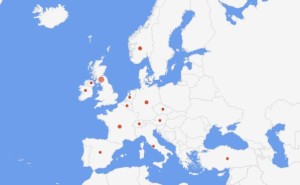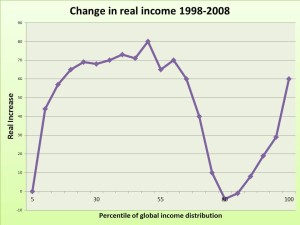In 2018 Factary’s New Trust Update contained profiles of 224 newly-registered grant-making trusts and foundations. Our review of the year found that 62 of these were founded by individuals with an estimated wealth of at least £10m which equates to more than 1 out of every 4 trusts featured in our reports. This is an increase of 30% from last year. The combined wealth of these philanthropists is in excess of £25bn and includes a number of global philanthropists who have chosen to set up a foundation in the UK.
Our New Trust Update 2018 infographic report includes a range of useful analysis and statistics including the philanthropic areas of interest of the trusts and foundations featured throughout the year, the source of funds of the High Net Worth Individuals creating their own foundations and their geographical distribution. It also includes mini profiles on a handful of the most interesting and potentially major foundations and their settlors.
Whilst there are on average around 100 new organisations registered with the Charity Commission each month that state they make grants to other organisations, in practice the vast majority of these are not what would be considered grant-making trusts or foundations. We scrutinise and carefully select the organisations that are featured in New Trust Update, making it a vital resource for finding out about new sources of funding in the foundations market, particularly from High Net Worth families and corporates. With details on around 20 new grant-makers each month, including notes on the professional and philanthropic interests of the settlors and interview notes on the aims and objectives of the trusts and foundations, New Trust Update gives fundraisers a head-start on building relationships with these new philanthropic vehicles before they appear on any other directories.
Subscriber numbers for New Trust Update are limited to maintain exclusivity of the information contained. If you would like to find out more, or to receive a downloadable version of the report, then please contact Nicola Williams or call us on 0117 9166740.



